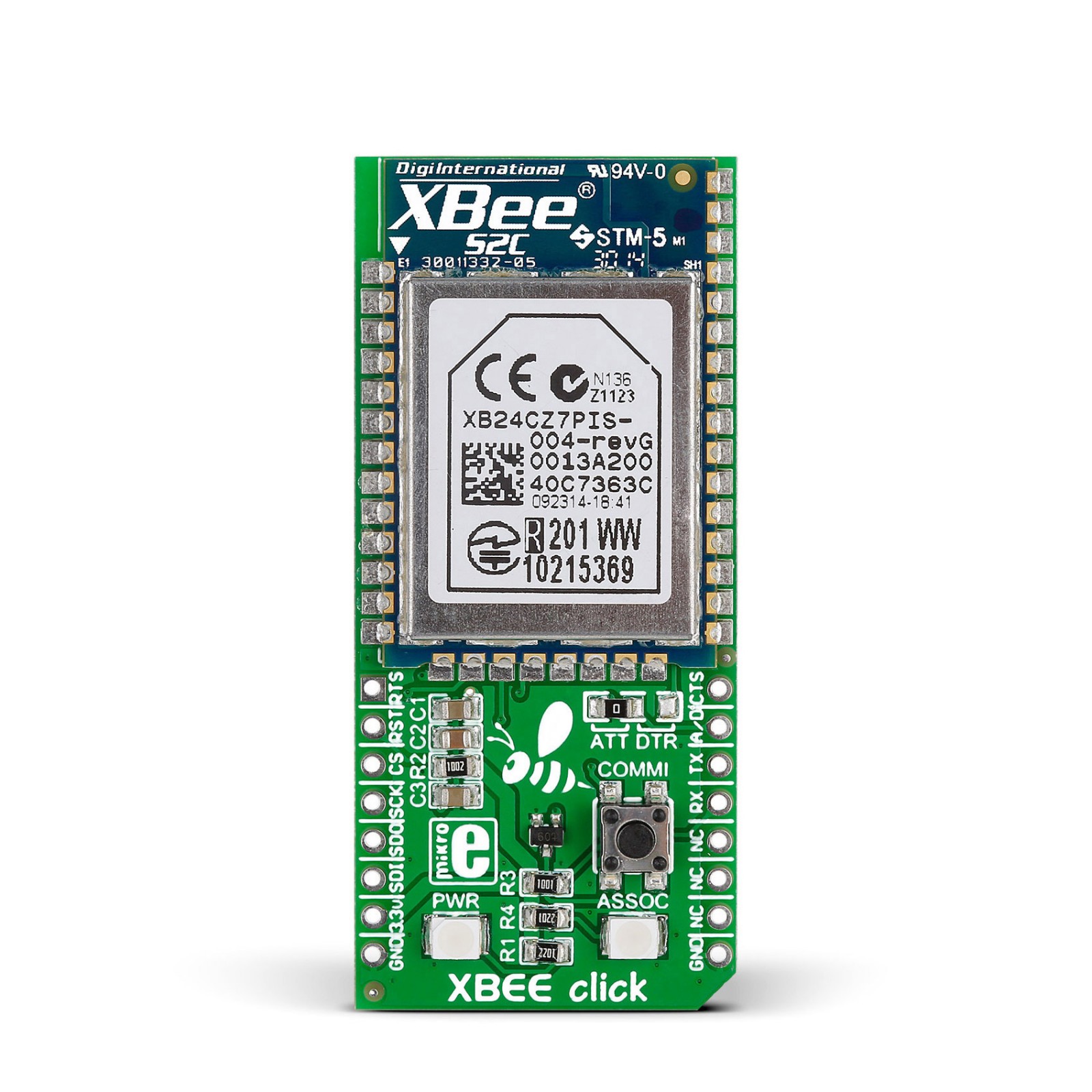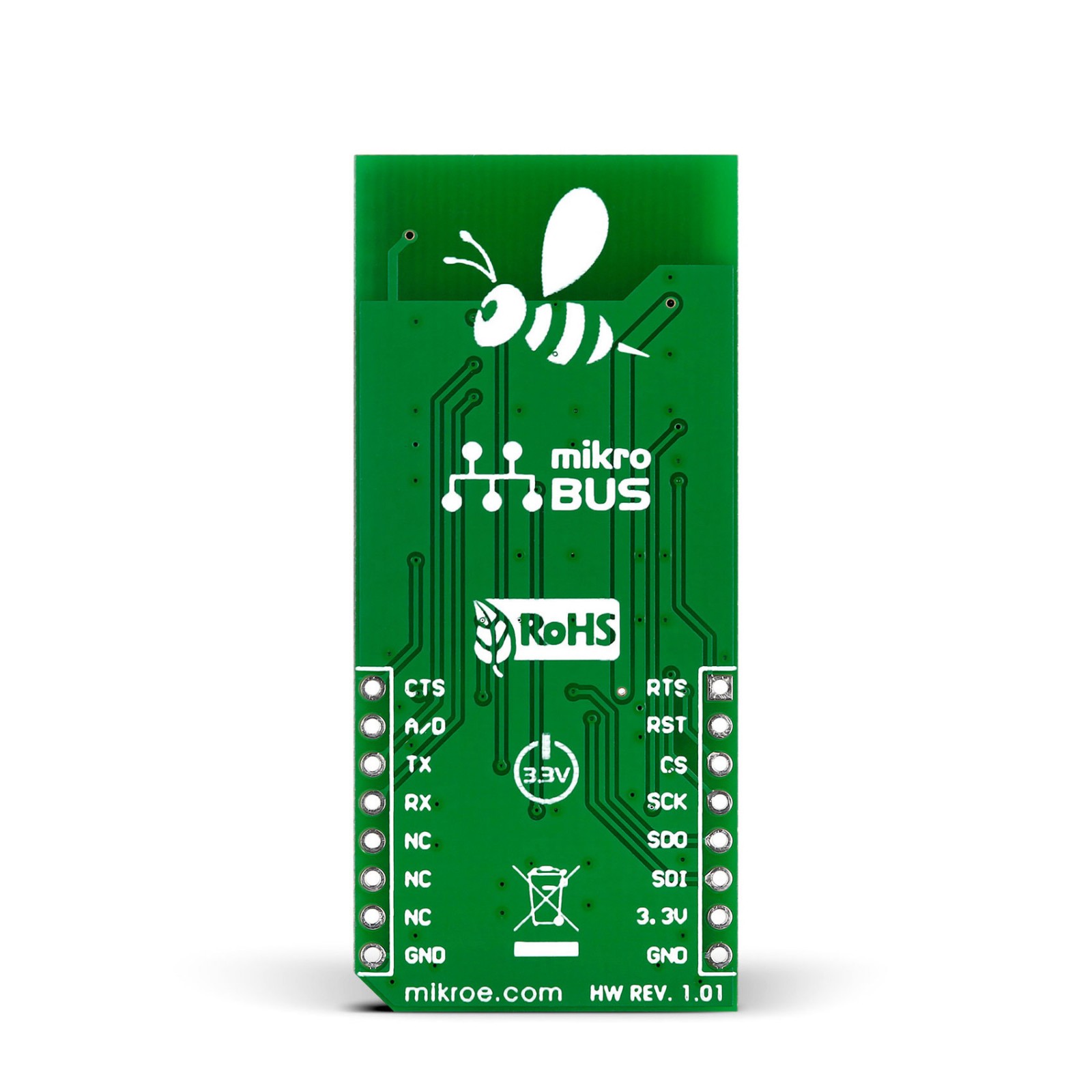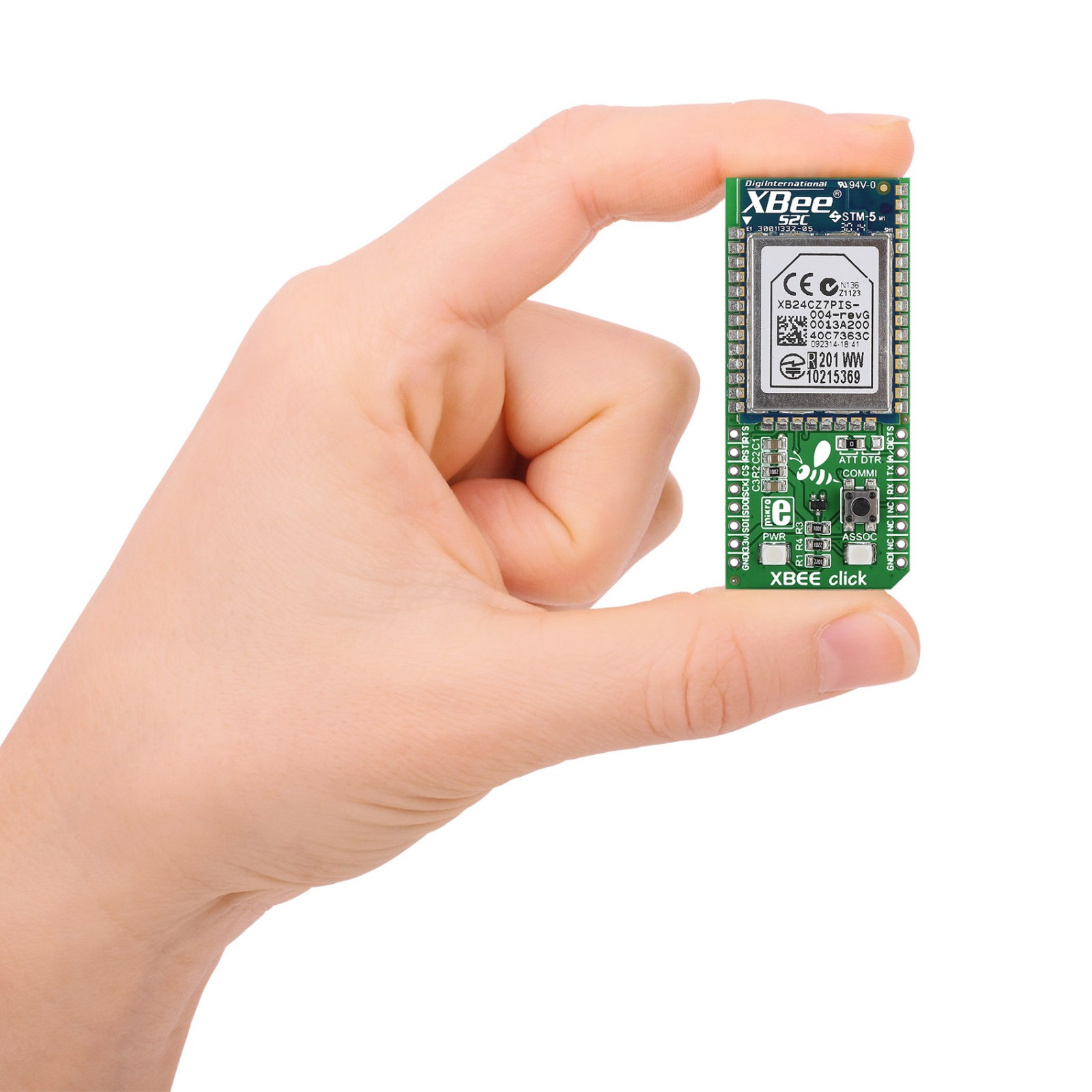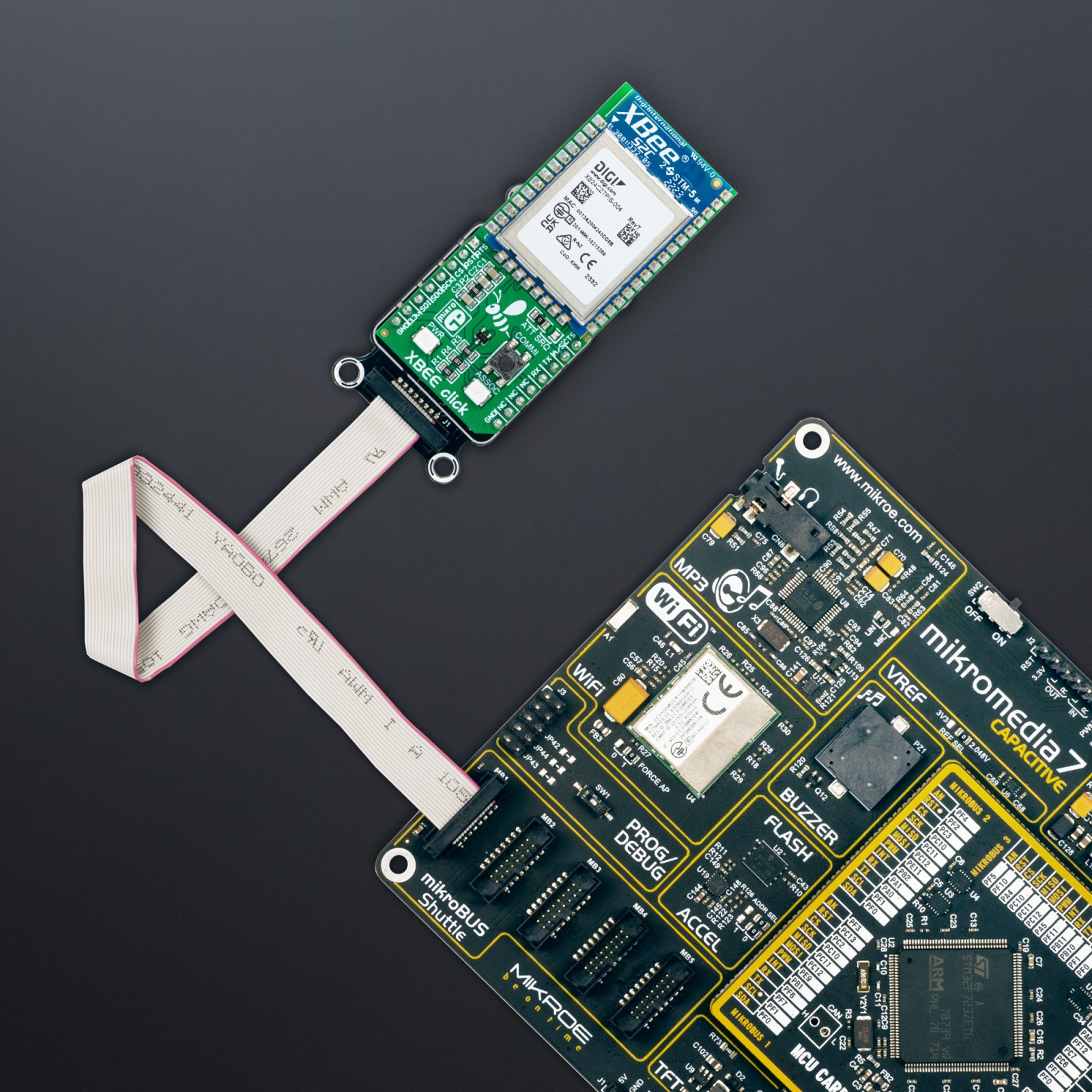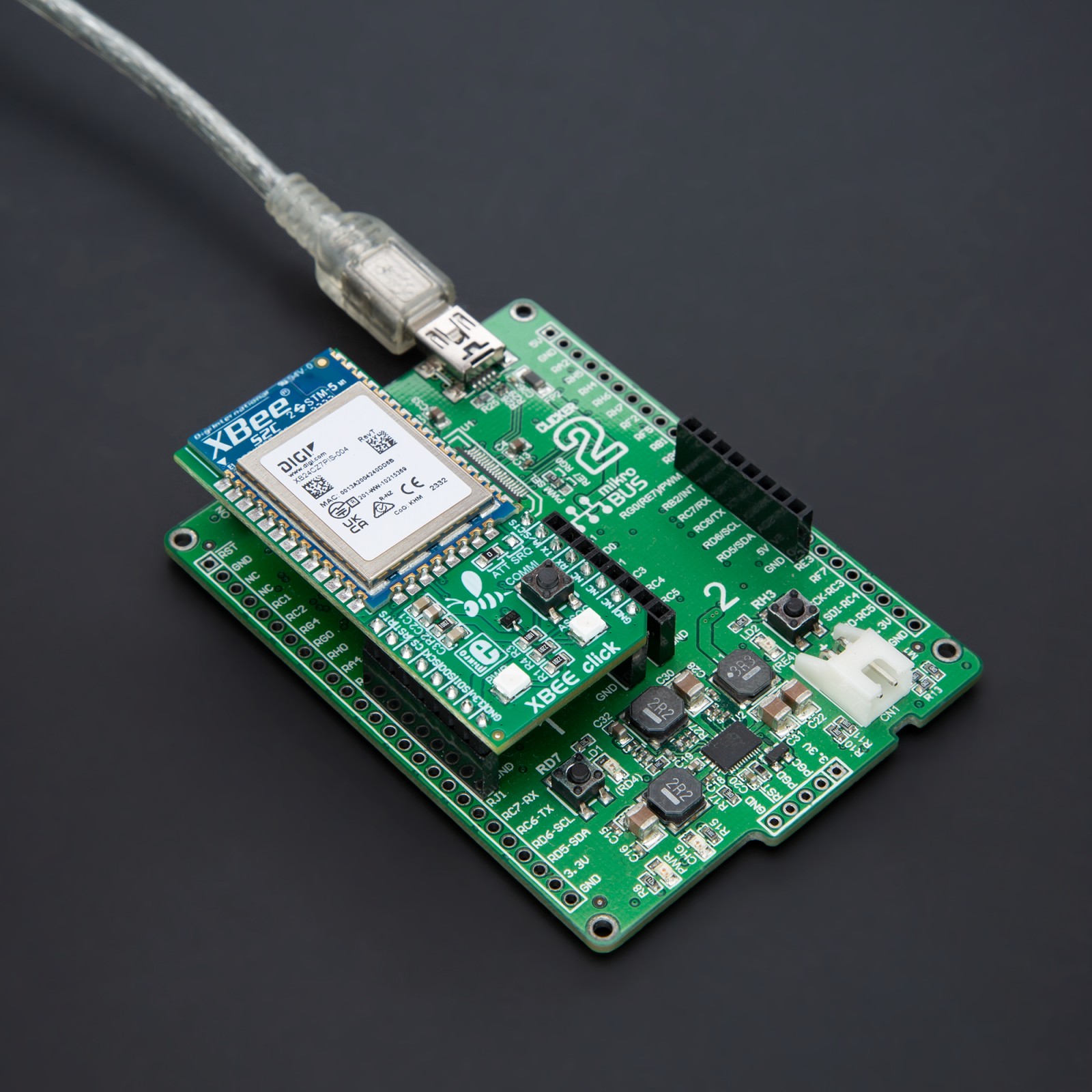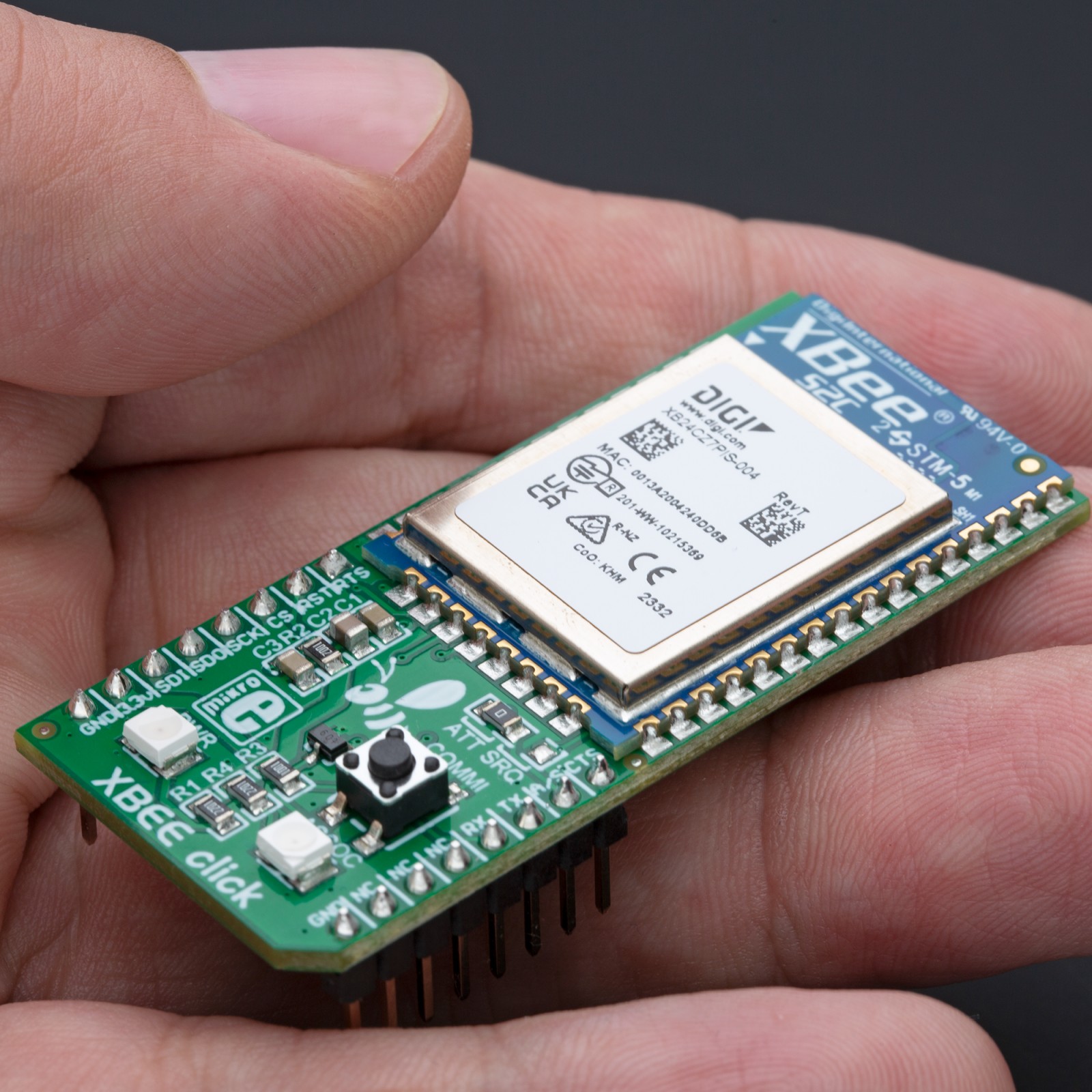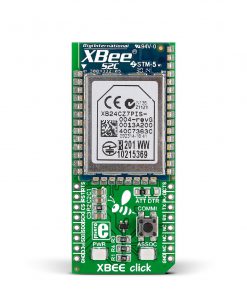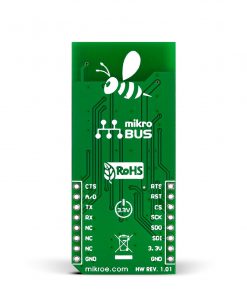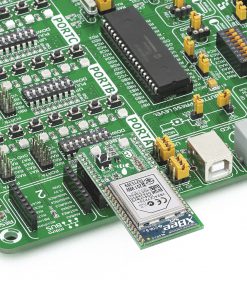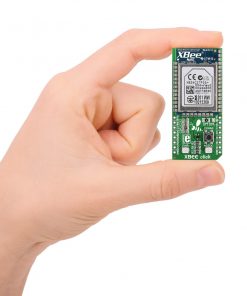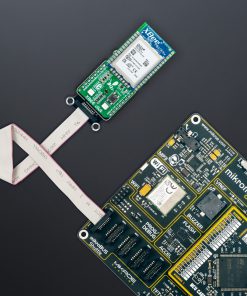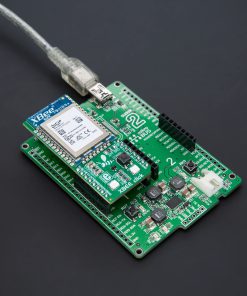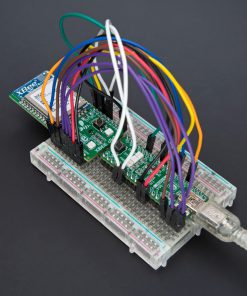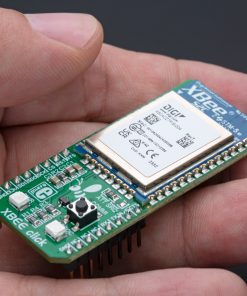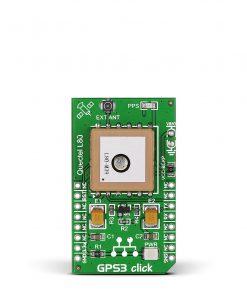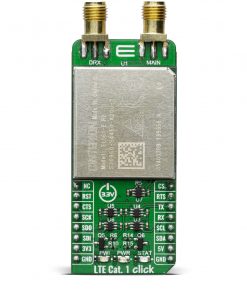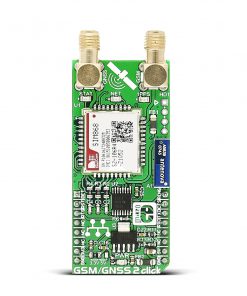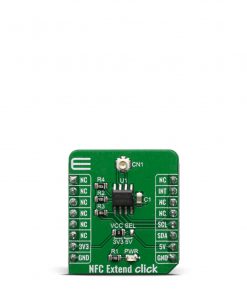-
×
 BEE Click
1 × R810.00
BEE Click
1 × R810.00 -
×
 RS485 Click 5V
1 × R240.00
RS485 Click 5V
1 × R240.00 -
×
 4-20mA R Click
2 × R490.00
4-20mA R Click
2 × R490.00 -
×
 LPG Click
1 × R340.00
LPG Click
1 × R340.00 -
×
 GPS Click
1 × R1,100.00
GPS Click
1 × R1,100.00 -
×
 tRF Click
1 × R1,100.00
tRF Click
1 × R1,100.00 -
×
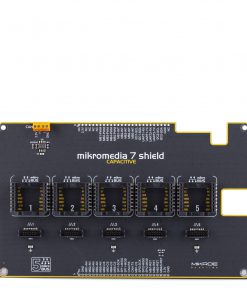 Mikromedia 7 Capacitive shield
1 × R795.00
Mikromedia 7 Capacitive shield
1 × R795.00 -
×
 ADC Click
1 × R545.00
ADC Click
1 × R545.00 -
×
 GSM Click
1 × R1,100.00
GSM Click
1 × R1,100.00
Subtotal: R7,010.00

